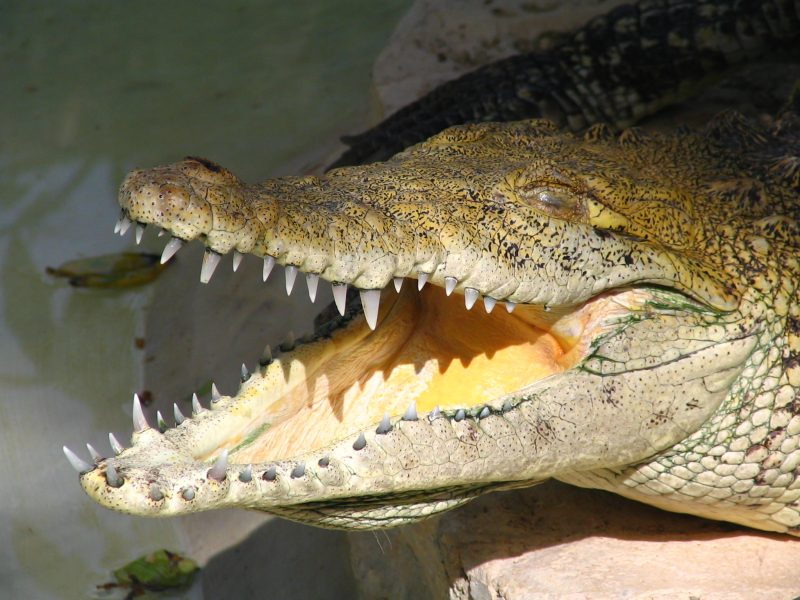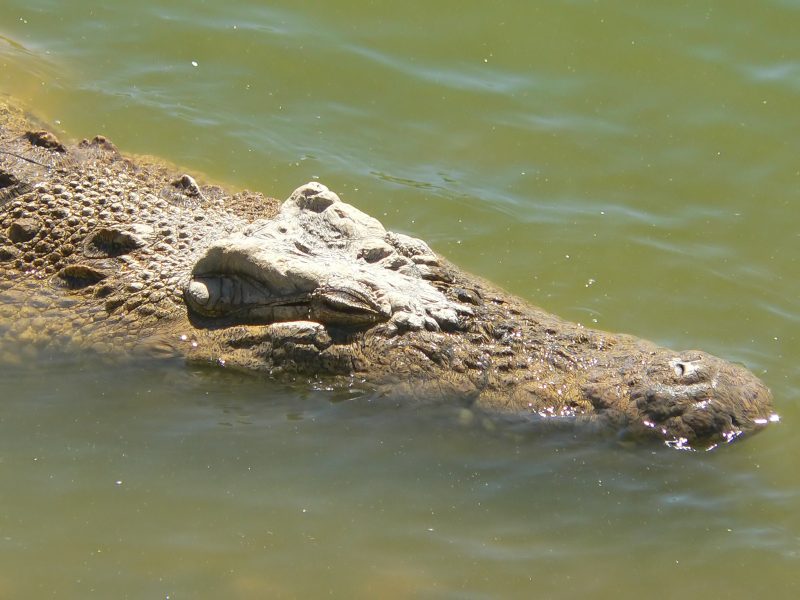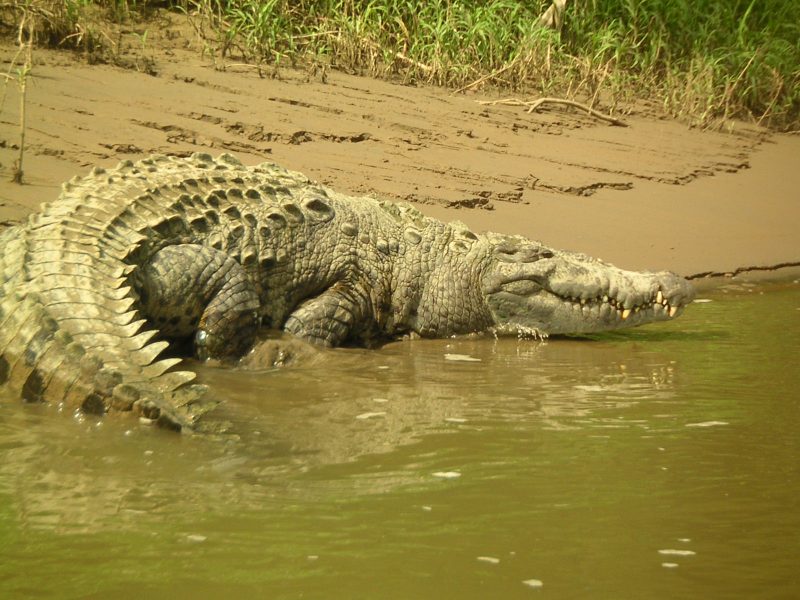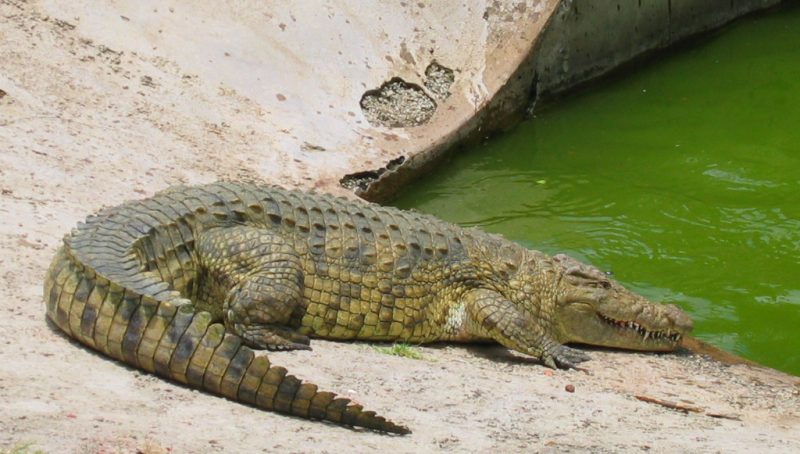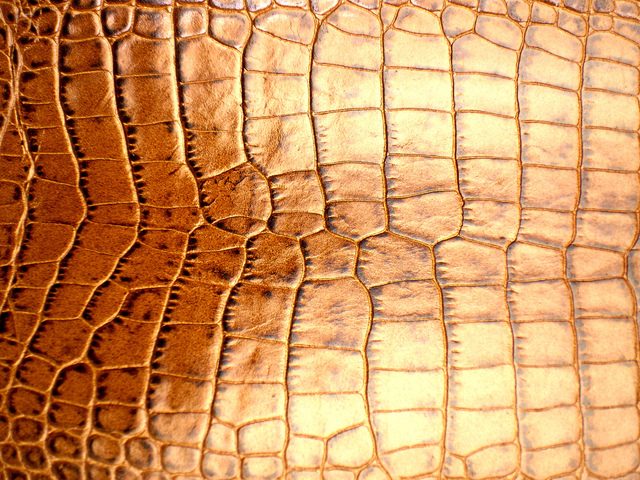
4 steps maintains crocodile
1) Cleaning
Moisture in the atmosphere can cause crocodile leather to dry out quickly after which it can develop spots and eventually crack. Even if it is not subject to harmful exposure, it will dry out over time. Hence it is important to clean the entire surface by gently wiping over it with a white cloth. Then use another dry cloth to dry it off as much as possible. Allow it to dry in a cool, dry indoor location away from direct heat and sunlight. This procedure is also used if the leather gets wet.
2) Conditioning
As is the case with cleaning, it is highly advisable to condition the leather with a compatible leather conditioner specifically designed for crocodile leather care. Equally important is also to always test the conditioner first before using it by applying small amounts. Do not rub the conditioner too much into the stitching but rub it gently and give it an even coat using a soft microfiber cloth, making sure to wipe off any excess. Allow it to penetrate the leather and dry naturally. Afterward, buff the surface with a clean cloth and allow it to dry in a cool indoor place. Beeswax tends to work well with crocodile leather. Neutral leather shoe-cream can also nourish the skin.
3) Grease stains
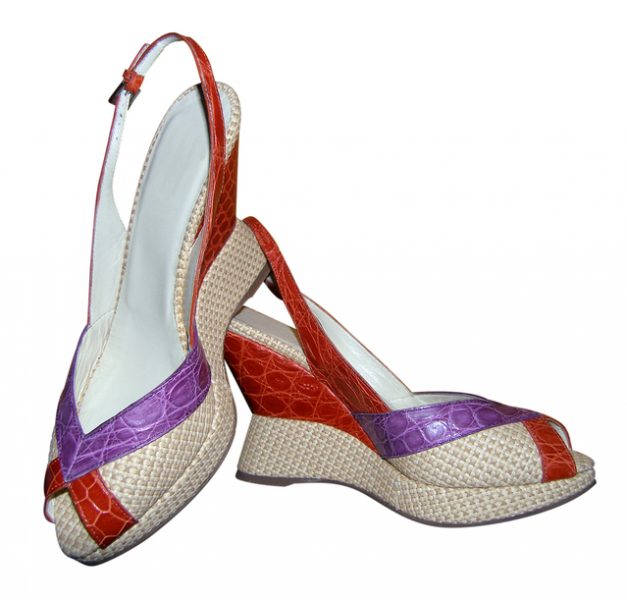
4 steps maintains crocodile
Use lanolin-based leather cleaner to get rid of greasy stains. But test it first. Oil stains can also be eliminated by placing cornstarch over the spot and allowing it to absorb. Avoid rubbing the cornstarch, as the contaminants may only get deeper into the leather. After a few hours, brush off the powder with a clean and dry rag. Avoid using actual brushes or paper, as they may scratch the surface of the leather.
4) Storing
Make sure to keep it in a suitable place away from plastic bags. Do not put it under other objects as they may stress or fold the leather but store it inside a box or dust bag with minimal exposure to contaminants.
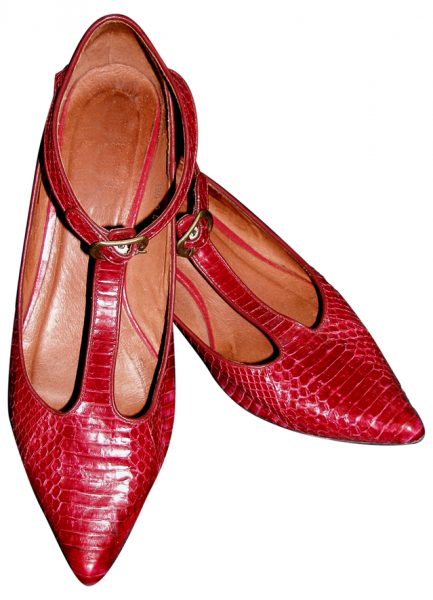
To receive a colourful digibook about crocodile with videos, images and text, please fill out the following form or simply email us on safaris@safari-center.com


